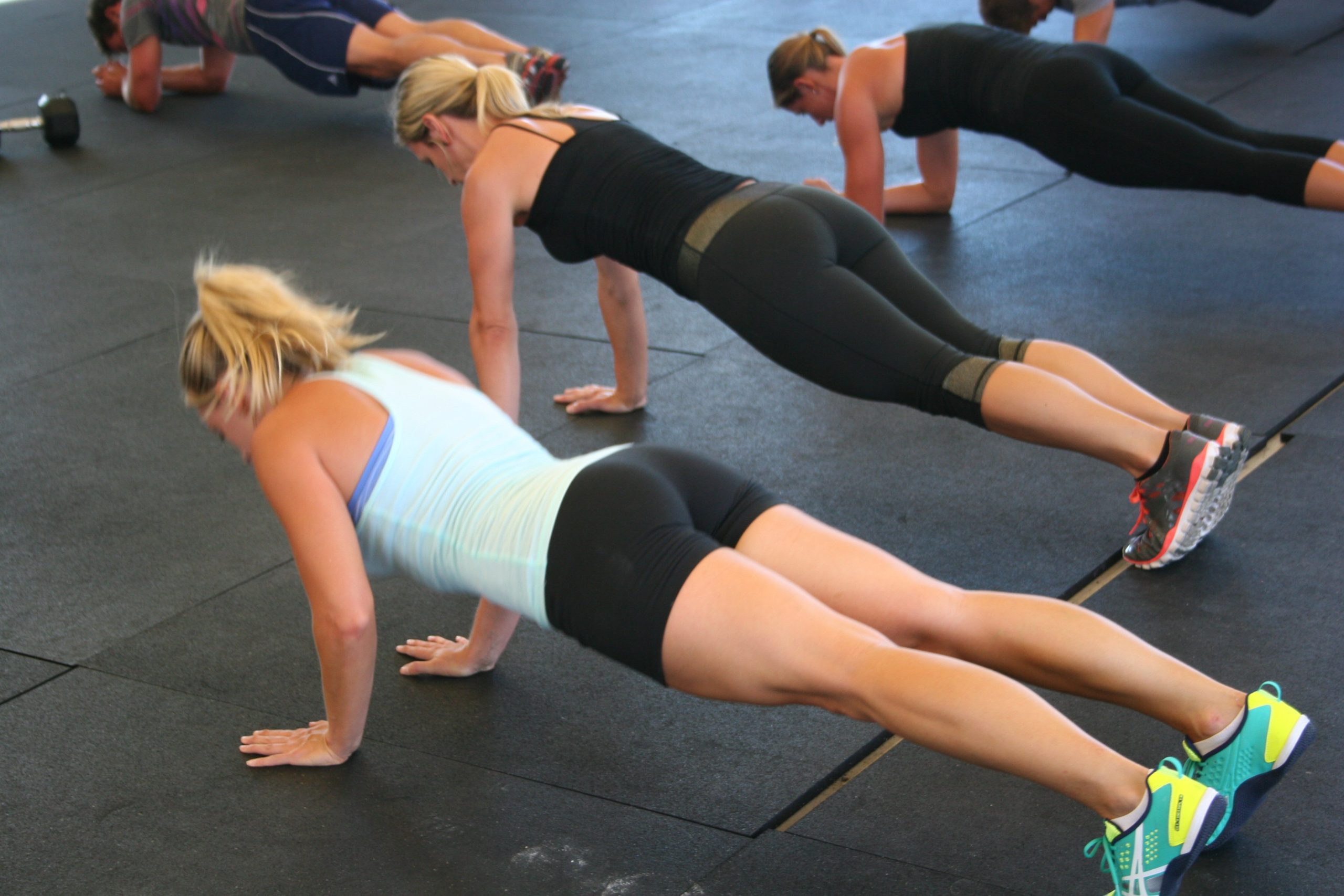If your goal is hypertrophy or increasing muscle size, try to focus on slow rep workout to build muscle.
When you do a slow rep workout, muscles experience a greater time under tension than they would if you were doing fast reps. Time under tension refers to the amount of time a muscle is under strain. This can lead to a greater increase in muscle size than faster reps which spend less time under tension.

Taking a slower approach to strength training while using lighter weights is also a safer approach for beginners. Slowing the tempo down allows you to focus on form and make sure you’re doing the move correctly.
Benefits of Growth Hormone
Slow lifting can create a big surge in GH (Growth Hormone) levels.
- Stimulates collagen production (good for skin and joints)
- Preserves muscle
- Speeds up fat loss
- Your body makes it naturally.
Correct Form: Key to Result
To prevent back issues, knee pain and feet issues as a result of improper form, watcl your posture & muscle targeted while performing exercise. To become aware of the muscle contraction start off with body weight exercises like squat, push-up, plank etc. Keep your form in check by exhaling on the exertion and inhaling on the release.
Watch your Speed
Going too fast not only can sacrifice form, but also doesn’t give your muscles the best chance to build strength. If you don’t maintain good form and try to finish an exercise, you’re building fitness on top of dysfunction. This can lead to repetitive misuse of muscles that can contribute to poor posture, back pain and muscle strains.
For e.g. If you think you’re strengthening your back with an exercise, but really you’re using so much weight that your traps and shoulders end up firing, you’re not only missing out on the full benefit of the intended exercises, but also you’re overusing the wrong muscles which can lead to poor posture, muscle tightness and an imbalanced upper body.

Slow down and focus on your muscles moving through a full range of motion in order to build strength. Another way is to connect your breath with each movement. On the exertion of each exercise (when you stand up from a squat, or curl up for a bicep curl) exhale out through your mouth. And then inhale through your nose as you release the bicep curl down and when you lower down into a squat. Focusing on the breath will help with your mind-body connection and help set a slower pace.
Practice makes You Perfect.
Disclaimer
The Content is not intended to be a substitute for professional medical advice, diagnosis, or treatment. Always seek the advice of your physician or other qualified health provider with any questions you may have regarding a medical condition.